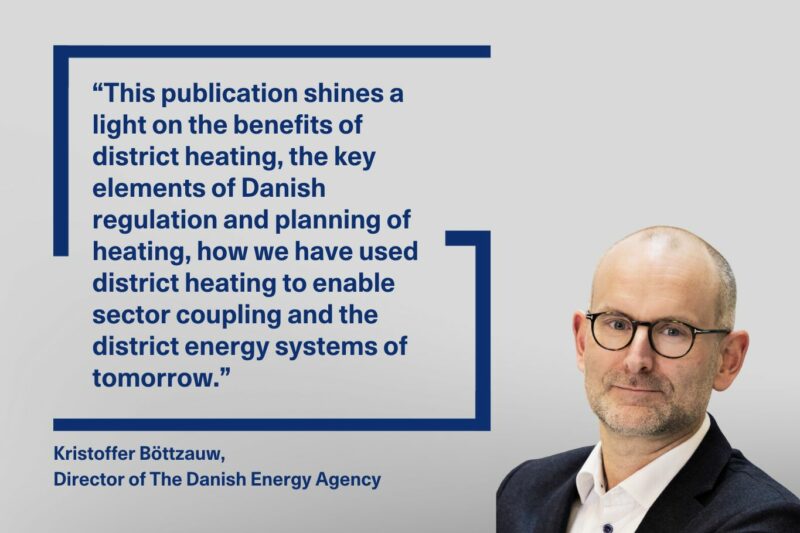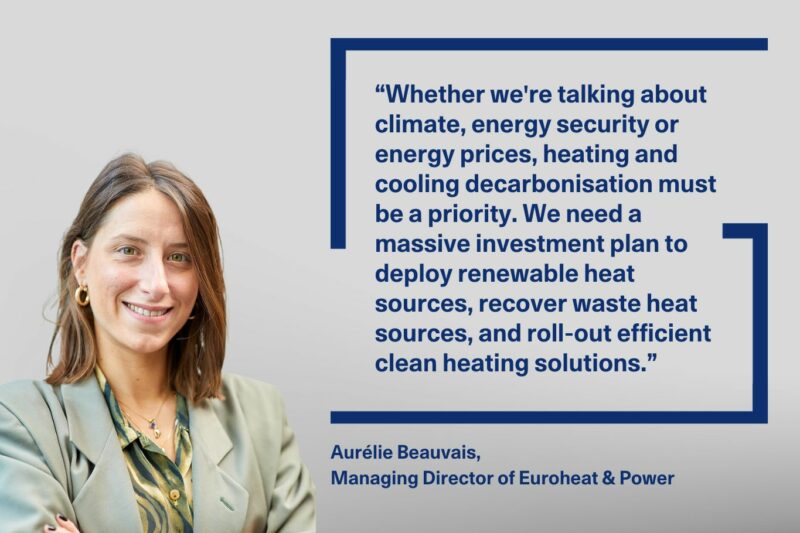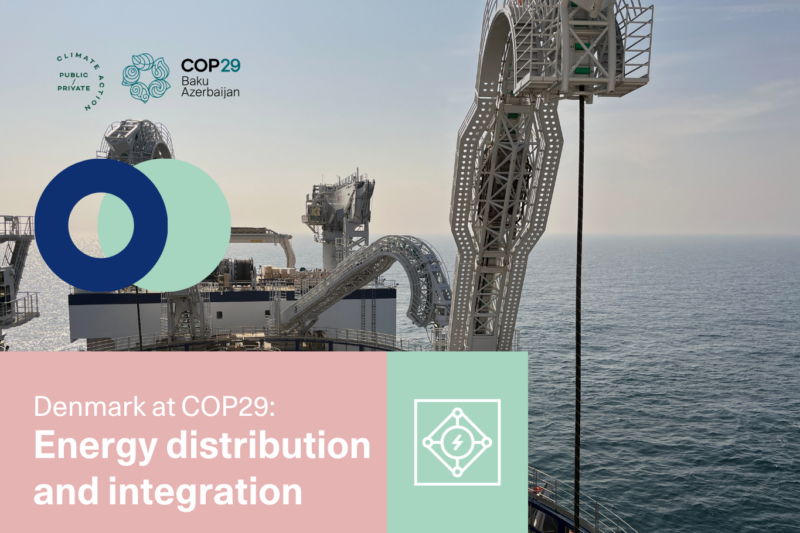News
Combined heat and power production
Smart grid
Wind turbine manufacturing and components
IEA: The Nordic Energy System is a Model for the Whole World


The Nordic energy system is a model for the world, the CEO Fatih Birol from the International Energy Agency (IEA) believes.
- The Nordic countries are way too modest and that really doesn’t benefit the rest of the world. I’d like to see more Nordic ministers traveling the world to share your experiences, says Fatih Birol as he speaks at the Nordic pavilion during COP21 in Paris.
Since the first COP in 1995, both global GDP and CO2 emissions have risen by 40 percent, Fatih Birol points out.
- We need a happy divorce between economic growth and emissions, and here the Nordic countries / North Europe is a good example. It is possible! says Fatih Birol.
-Related news: Climate Action Can Have a Positive Impact on the Economic and Social Wellbeing of Cities
The electricity system in Scandinavia is internationally interconnected when it comes to transmission lines - Denmark and Sweden have been connected for 100 years. The interaction between hydro power, nuclear power, thermal power and wind energy means that the curve has been broken: The North has experienced 25 years of significant economic growth while CO2 emissions from electricity and heat production have remained the same.
-Realted news: Royal Inauguration of New Danish-Norwegian Power Connection
- Why does the IEA have an interest in the climate debate? We do so, because two thirds of global CO2 emissions derive from the energy sector. Without energy sector engagement, we have no chance to fight climate change, Fatih Birol states, who is pleased that investments in electricity production from sustainable energy sources were at the same level as investments in coal, oil, gas and nuclear power combined in 2014.
-Related news: IEA: Denmark Best in Europe for Wind Turbines
CEO of Nordic Energy Research, Hans Jørgen Koch, highlights that if the world should reach the UN's two-degree target, then the CO2 emissions from electricity production should be down by 100 grams of CO2 / kWh in 2040.
- The North is on that level today, so we are 25 years ahead, Hans Jørgen Koch points out and highlights that it is too early to relax: About 70 percent of the Nordic CO2 emissions come from industry, transport, agriculture and others.
Estimates from Nordic Energy Research show that there are solutions underway to these sectors. For example, 'only' seven percent of the Nordic electricity production is needed to cover the electrification of the overall fleet of private cars.
Source: Danish Energy Agency
You should consider reading
publications
Combined heat and power production
+9















